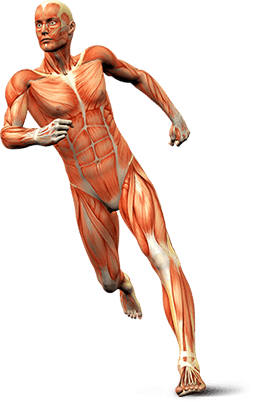Q & A on Shoulder Dislocation & Instability with Dr. Katherine Coyner
Connecticut sports medicine specialist Dr. Katherine Coyner answers questions about shoulder dislocation and instability.
Q. What are some of the typical causes of a shoulder dislocation?
A. This injury is most common in sporting events that involve contact, such as football, hockey, or lacrosse. Even a soccer goalie can fall on an outstretched arm and have a dislocation.
Q. How do you treat a dislocation or instability?
A. Historically, a patient’s first dislocation was treated conservatively. But now we know that this can lead to repeated dislocations, especially for active patients under the age of 18. They have a very high rate of repeated dislocation.
Today, we have the conversation early to determine the best course of action: physical therapy or shoulder surgery.
Through these options, we can return patients to a higher level of functioning. This is particularly important for younger patients. When patients dislocate a shoulder, they have what is called apprehension during sports activities, or even while sleeping. They’re always worried that their shoulder is going to come out. For a young kid, that can be very disabling.
Q. What types of surgery options are available for shoulder dislocations?
A. We use arthroscopic, or minimally invasive, surgery for shoulder dislocations. This benefits the patient thanks to a smaller incision, faster healing time, less scarring, and a more rapid recovery. In fact, most arthroscopic surgical procedures are done on an outpatient basis.
For patients who have more complex problems, we can do more advanced procedures, such as Latarjet. This is ideal for patients who have had bone loss that is causing instability after multiple dislocations.

















